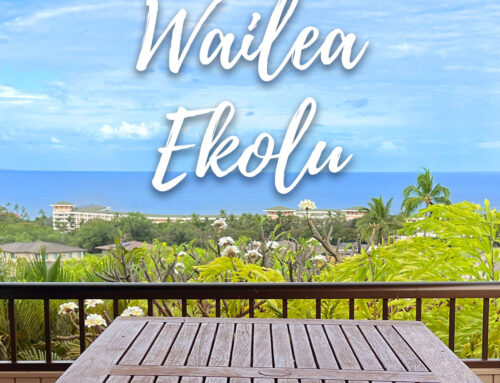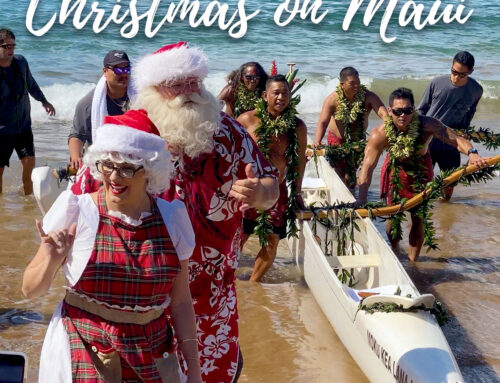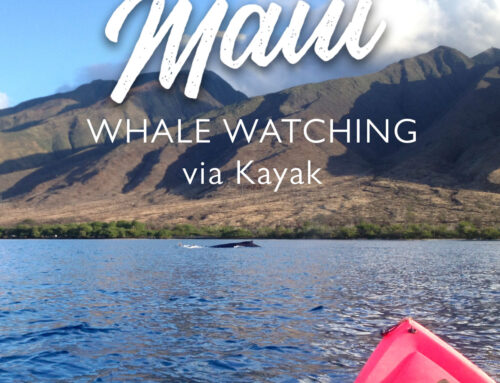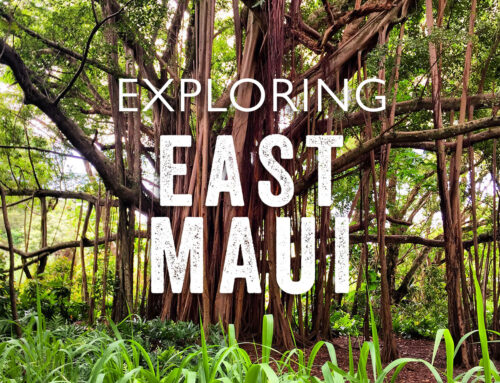A Short History for Curious Travelers
For over 160 years, sugarcane ruled central Maui. Today, only quiet mill ruins and plantation towns remain, but they tell the story of an island transformed by industry, immigration, and innovation.


How Sugar Took Root
Commercial sugar began in Hawaiʻi in 1835, but it wasn’t until 1848 that Maui saw its first plantation in Hāliʻimaile. Within decades, sugarcane fields stretched across the island. Key players like Pioneer Mill (Lahaina, 1860), Alexander & Baldwin (Makawao, 1870), and Claus Spreckels’ Hawaiian Commercial & Sugar Company (established 1882) shaped the landscape. By 1901, Puʻunēnē Mill opened and would become Maui’s largest and longest-running sugar mill (which you can still see today.)

What made it possible? Engineering feats like the 1878 Hāmakua Ditch brought water from East Maui streams to arid fields. Railroads (Hawaiʻi’s first began in 1879 on Maui) and steamships carried sugar to global markets.


A Workforce from Across the Globe
To power the boom, planters imported laborers from China, Japan, Portugal, Puerto Rico, Korea, the Philippines, and more. These immigrants built camps, traditions, and communities. Japanese bon dances, Filipino adobo, Portuguese malasadas, and Hawaiian Pidgin English all emerged from plantation life. Over time, Maui’s camps became towns (Pāʻia, Puʻunēnē, Spreckelsville) where this multicultural mix is still felt.


Impact on Native Hawaiians
The sugar era brought major upheaval for Native Hawaiians. The 1848 Great Māhele opened land to private ownership, allowing foreign planters to buy up huge tracts. Alexander & Baldwin alone controlled 41,000 acres. Water diverted for sugar left traditional farms dry, and many Hawaiians lost their lands or were pushed into wage labor. Political power shifted too. Due to tariffs imposed by the then separate US, many sugar barons helped overthrow the Hawaiian monarchy and push for U.S. annexation.


Strikes, Steam, and Smokestacks
By the 1930s, Hawaiʻi plantations employed over 50,000 workers. Laborers eventually organized, culminating in the 1946 strike that shut down nearly every plantation and won major gains for workers. Maui mills also led in innovation: the Puʻunēnē Mill used bagasse (cane fiber) as fuel, while Pioneer Mill experimented with early mechanical harvesters.
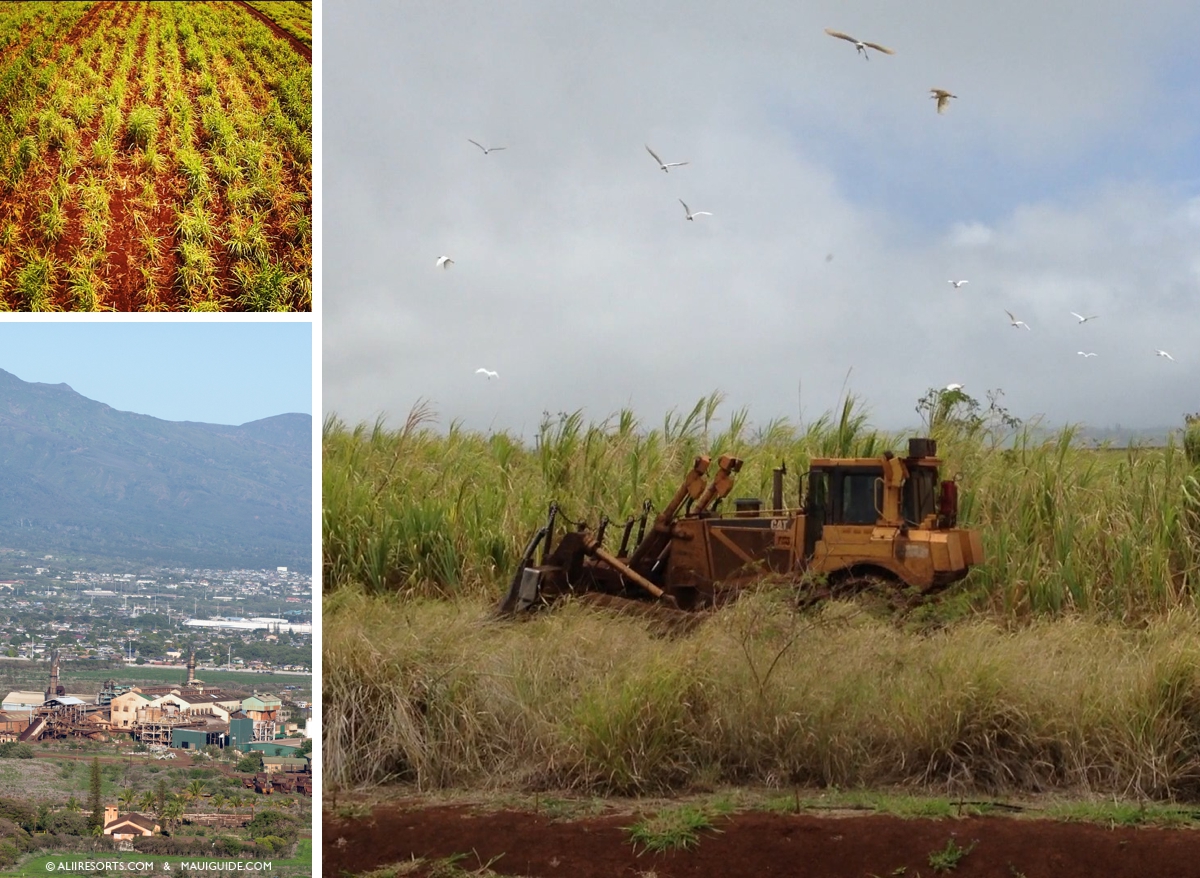

Sugarcane Burns & Poor Economics
Burning the sugarcane fields before harvest proved to help make it easier to collect the cane as well as increase sugar yeild. For decades, massive plumes of smoke and ash rained down on neighborhoods. But this wasn’t enough to complete with foreign producers of sugar, and all major commercial sugar production on Maui ceased in December of 2016.
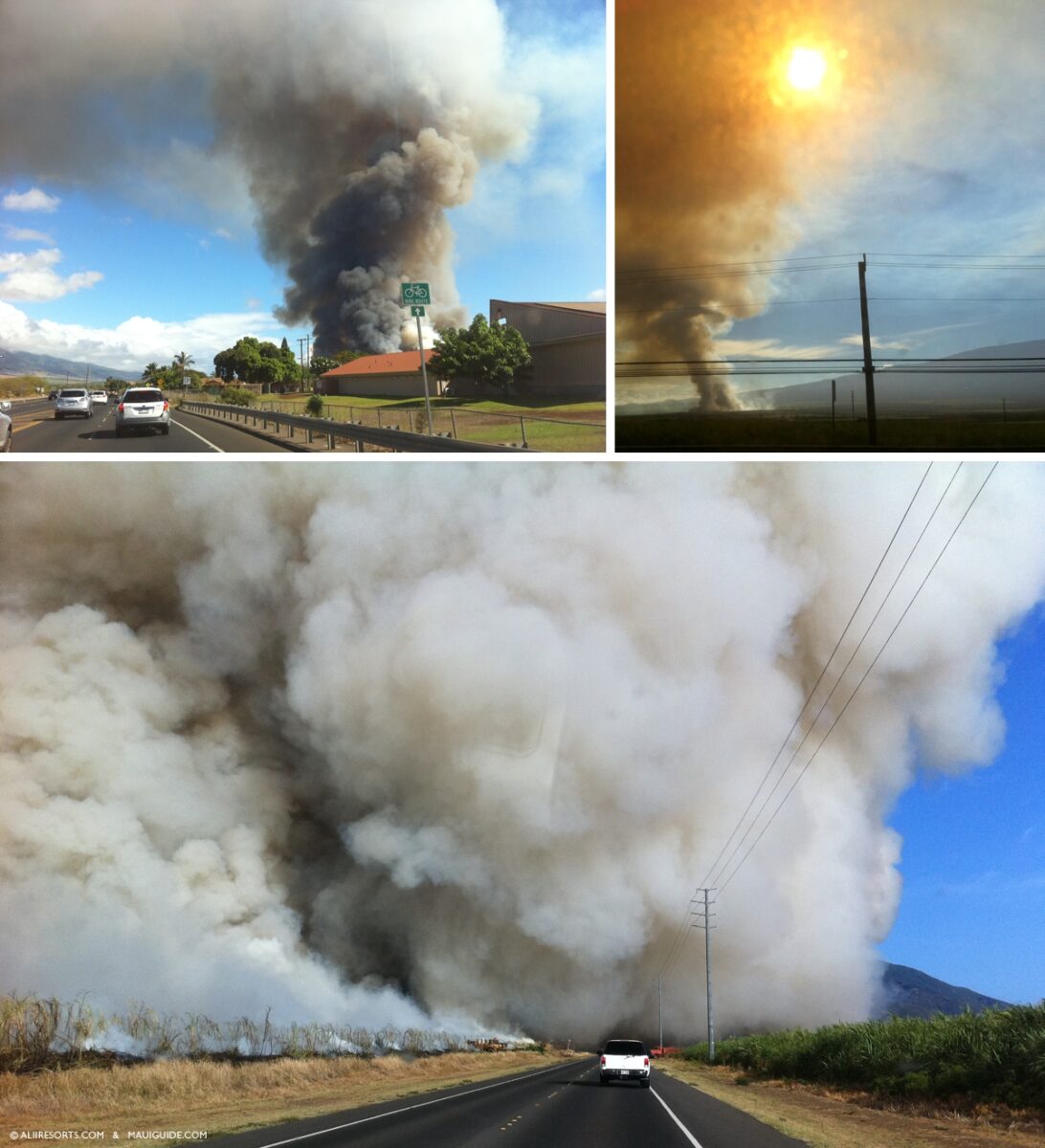
Hawaiian Commercial & Sugar Company (HC&S) in Puʻunēnē harvested its final crop after 145 years of operation. The closure marked the end of sugar production not just on Maui, but in all of Hawaiʻi. Rising global competition, falling sugar prices, high labor costs, and increasing environmental regulations made it economically unsustainable. HC&S’s parent company, Alexander & Baldwin, decided to transition the 36,000 acres of former cane land to diversified agriculture under a new venture, Mahi Pono.

Where You Can Still See It
- Alexander & Baldwin Sugar Museum (Puʻunēnē): Displays old mill tools, labor contracts, and a replica plantation house across from the last mill to shut down (2016). Open Monday through Thursday from 10am-2pm (last admission is at 1pm.) Admission $10, Senior/Military $7, Children $3, and 5 and under free (Kam’āina free!)
- Pioneer Mill Smokestack (Lahaina): Maui’s tallest structure in its day, preserved as a monument. Even though the fires took everything around it, the smokestack still stands.
- Old Sugar Towns: Explore Pāʻia’s wooden storefronts and Hāliʻimaile’s former camps, now home to restaurants and galleries.
- Haʻikū Mill: An 1861 mill turned lush garden venue, blending history and tropical beauty. It’s mostly used as an exclusive wedding venue.
- Ocean Vodka Organic Farm & Distillery: Visiting Ocean Vodka for a tour is a lot of fun. Not only do you get to sample vodka and rum, you get to see the diverse sugarcane grown on-site.
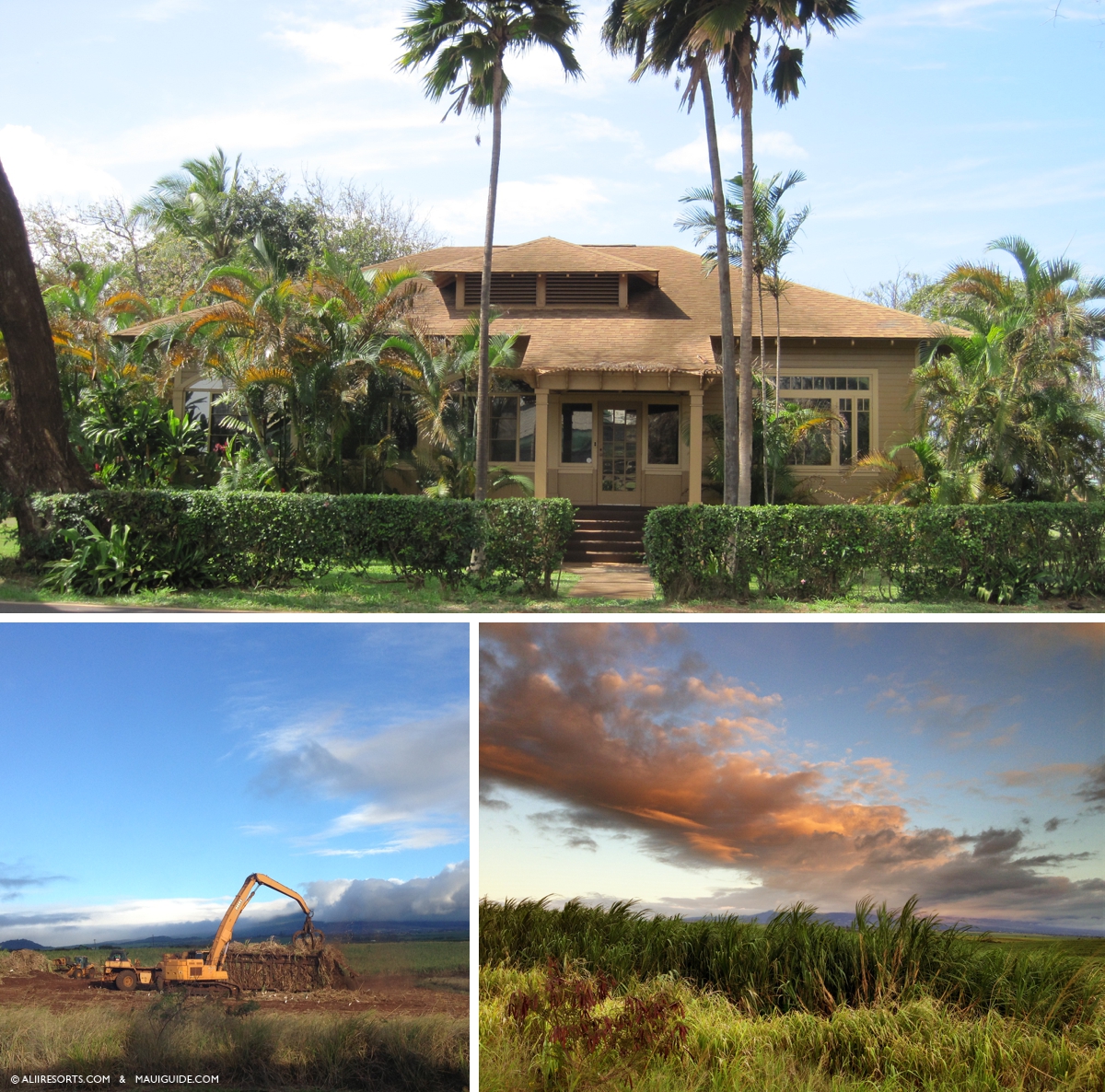
Maui’s sugar story shaped the island you see today, from its towns and trails to its diverse community. Though King Sugar is gone, his legacy lingers in the soil, the stories, and the people.
Mahalo to Joel Bradshaw for some of these photos.


